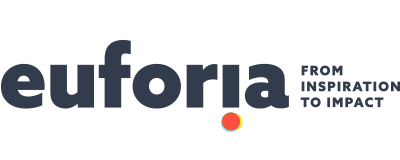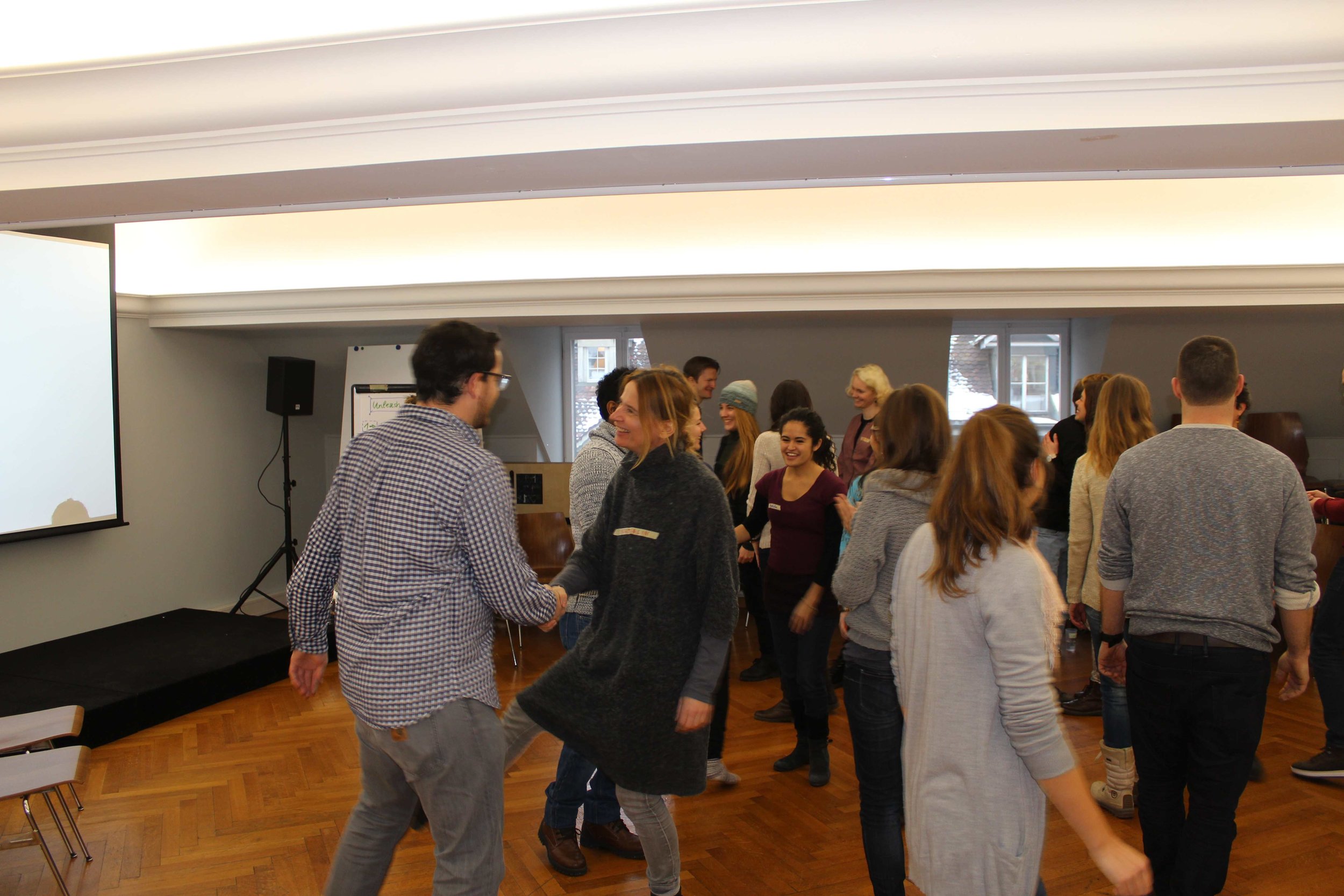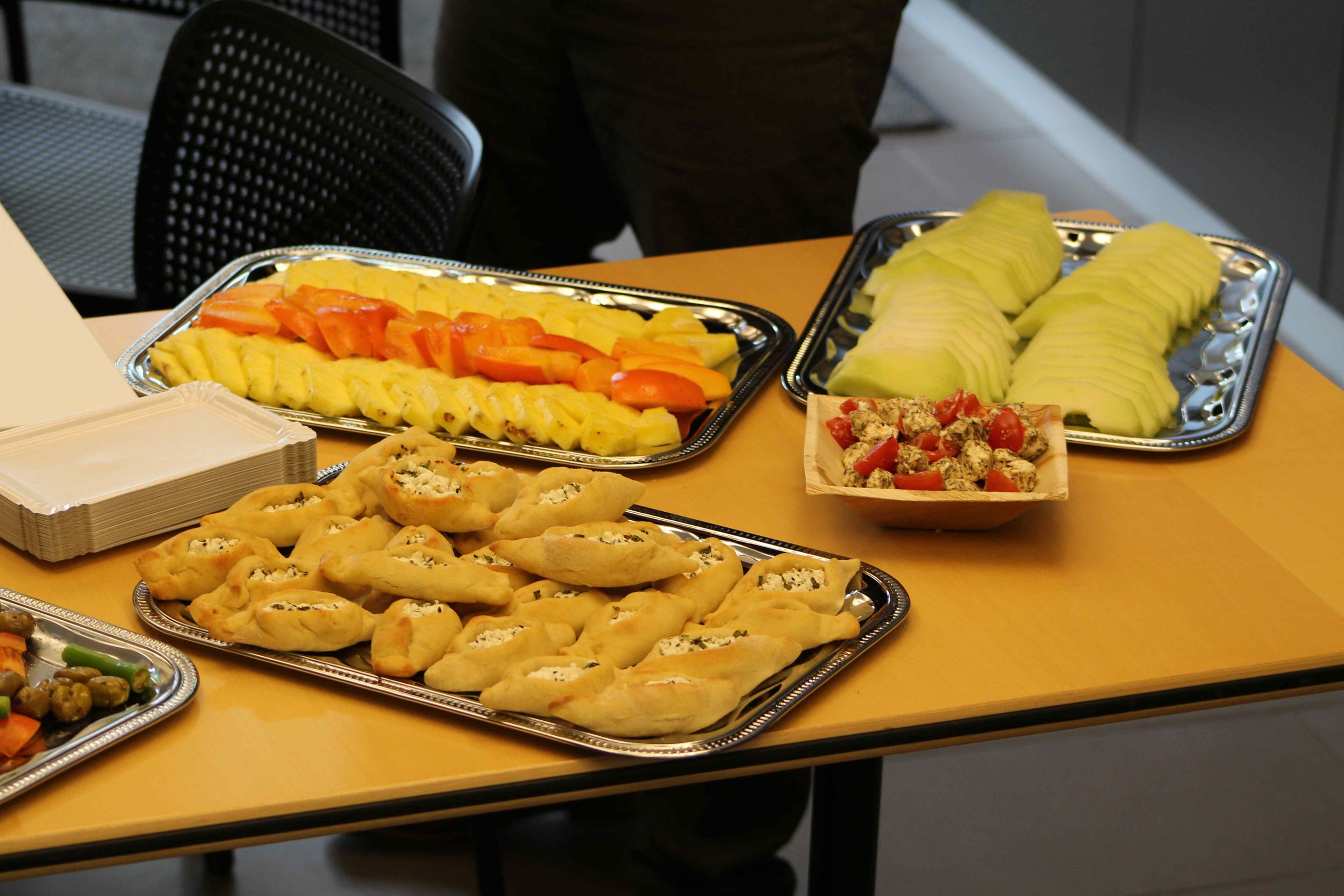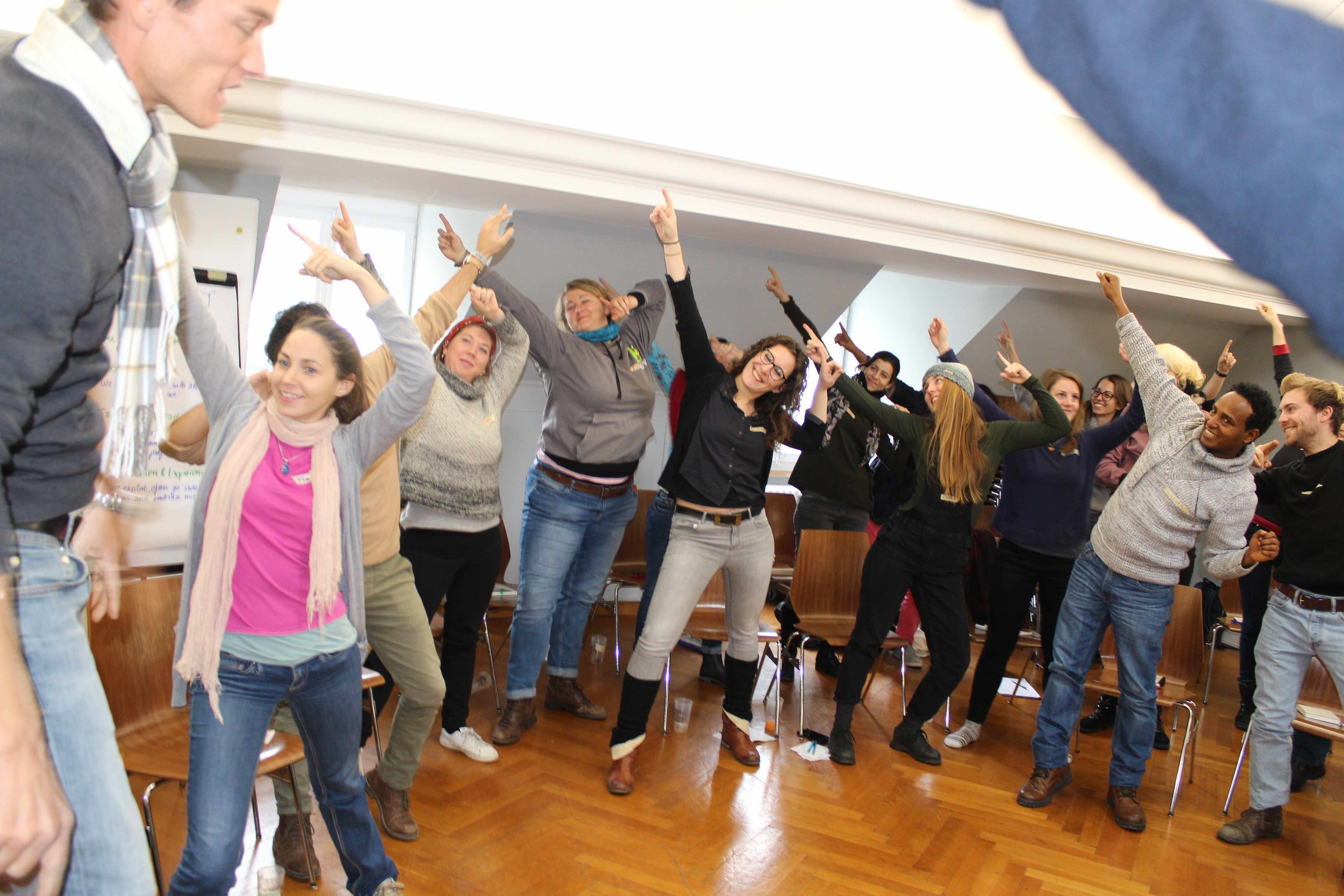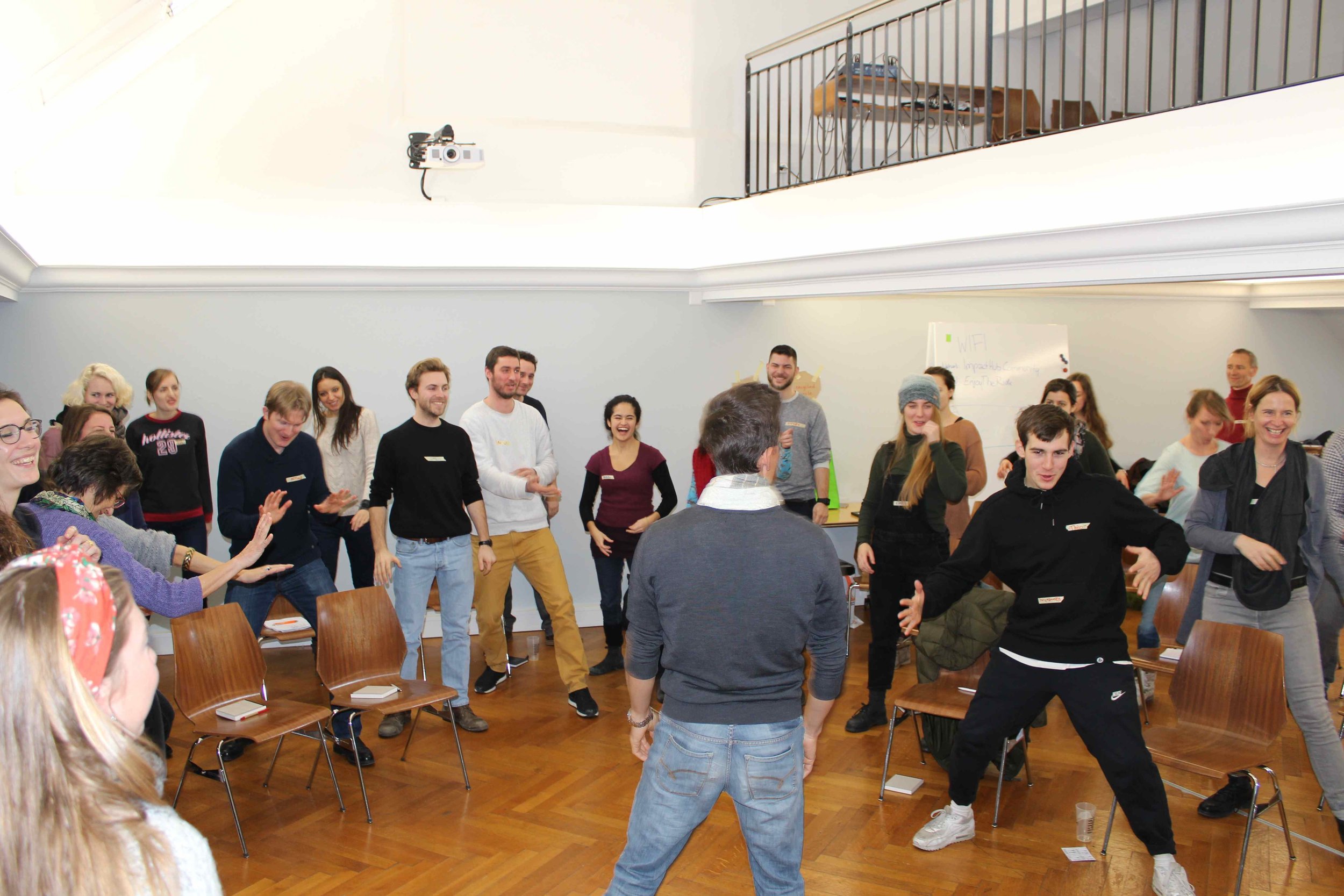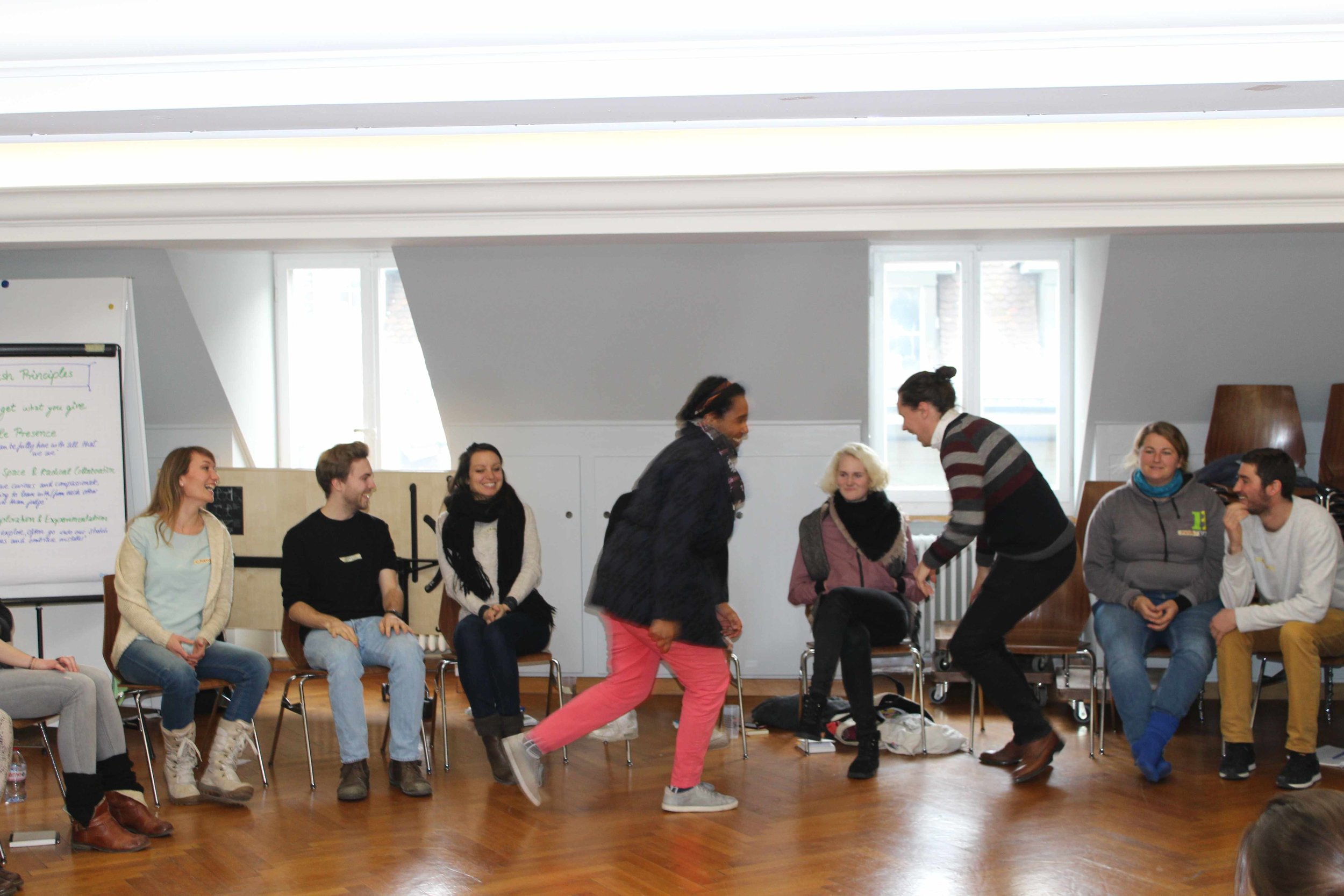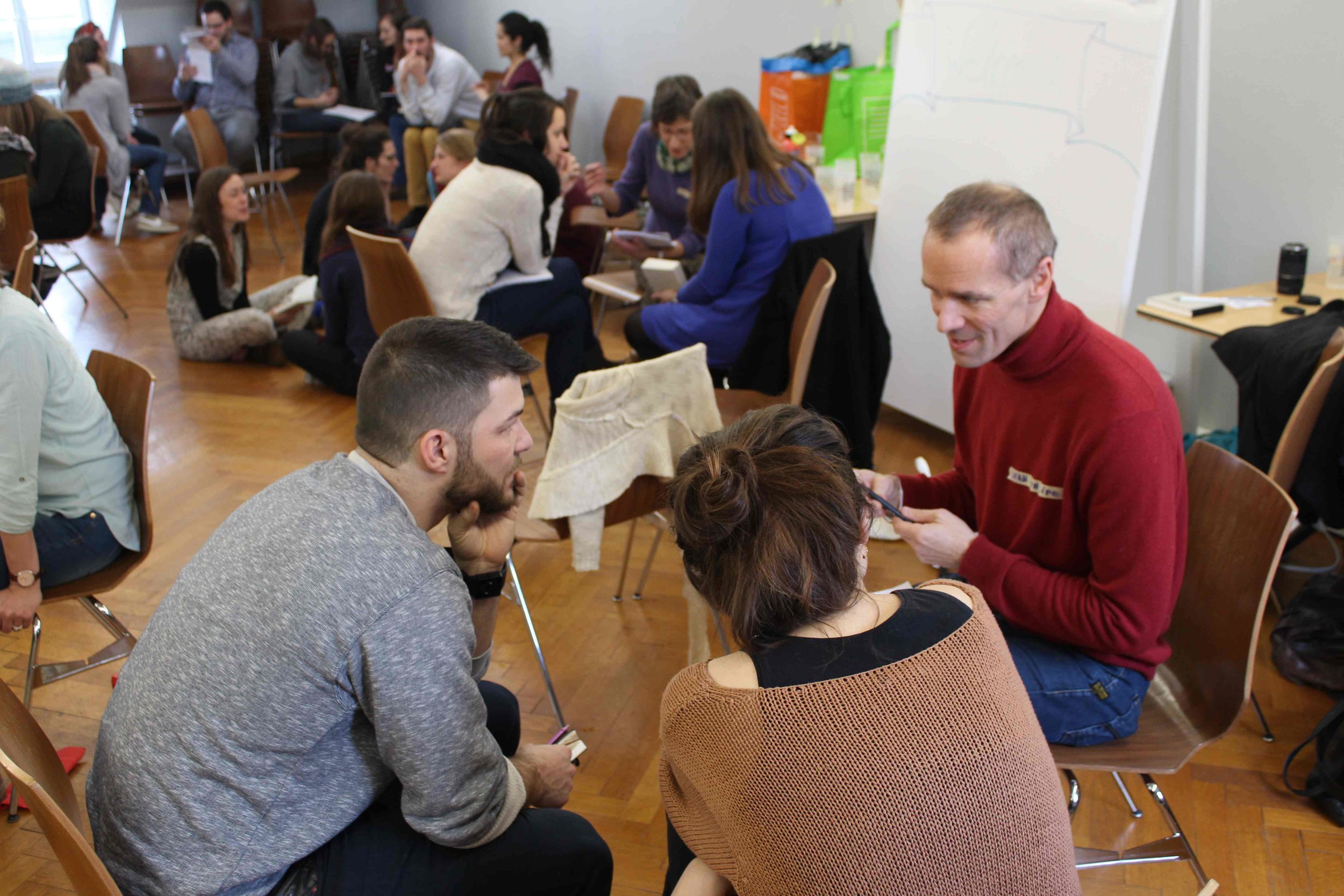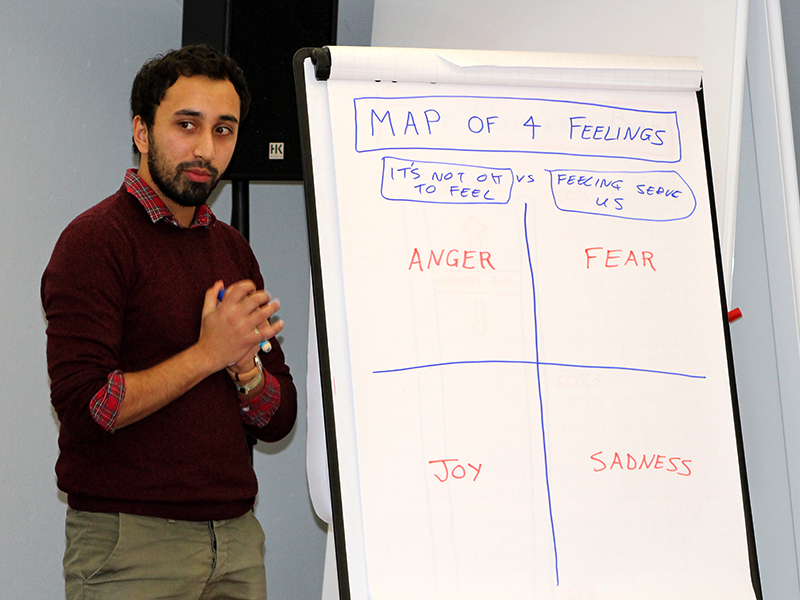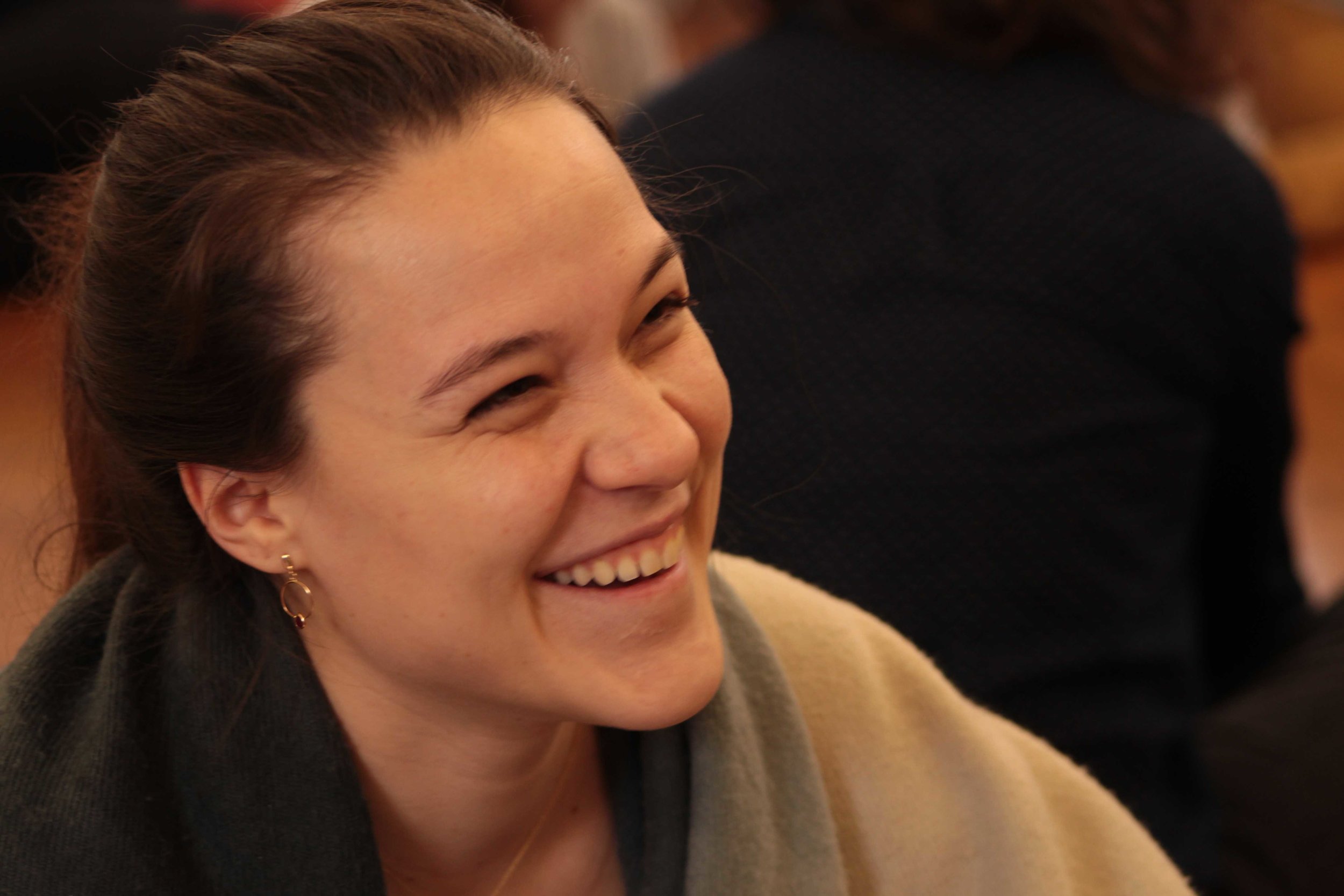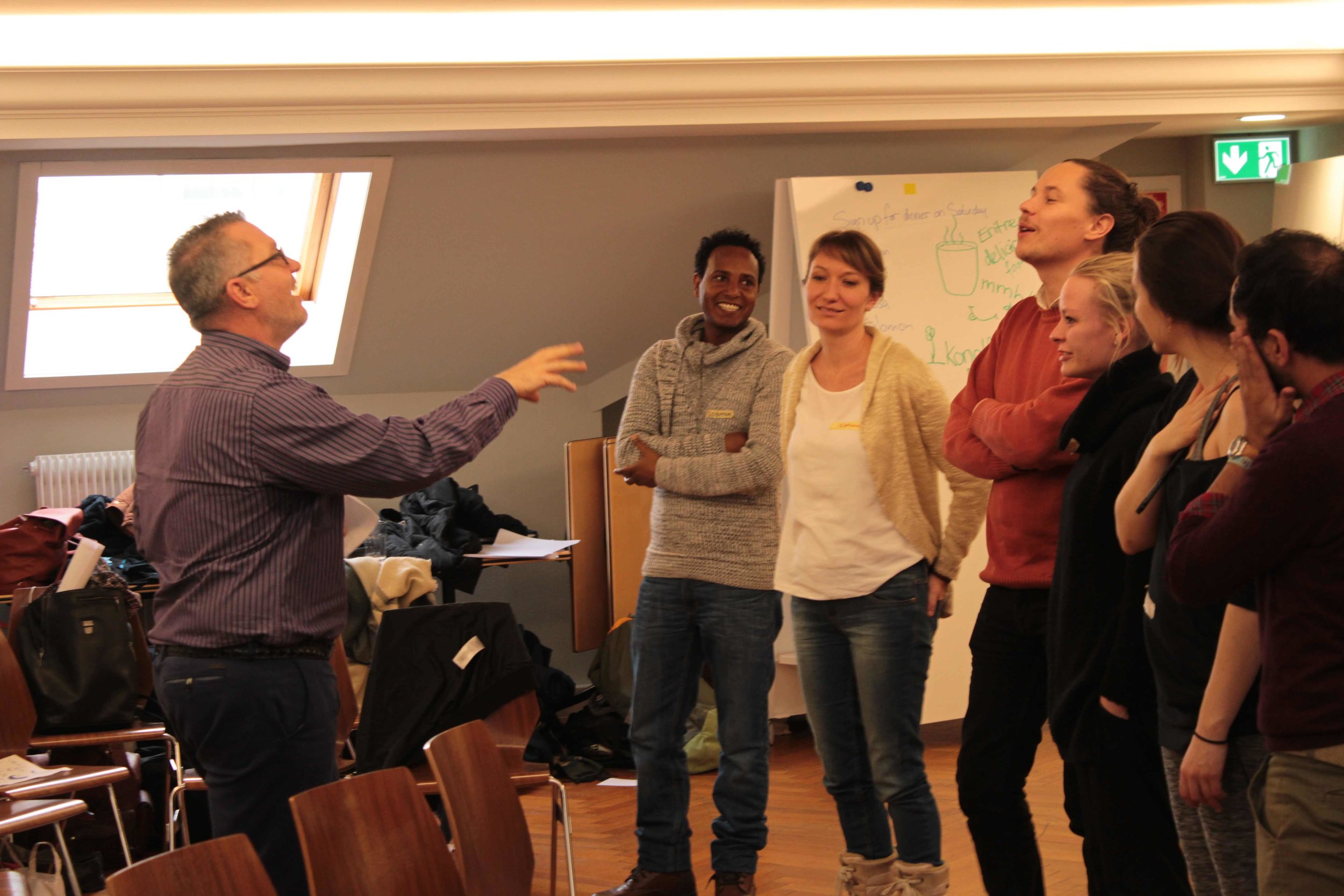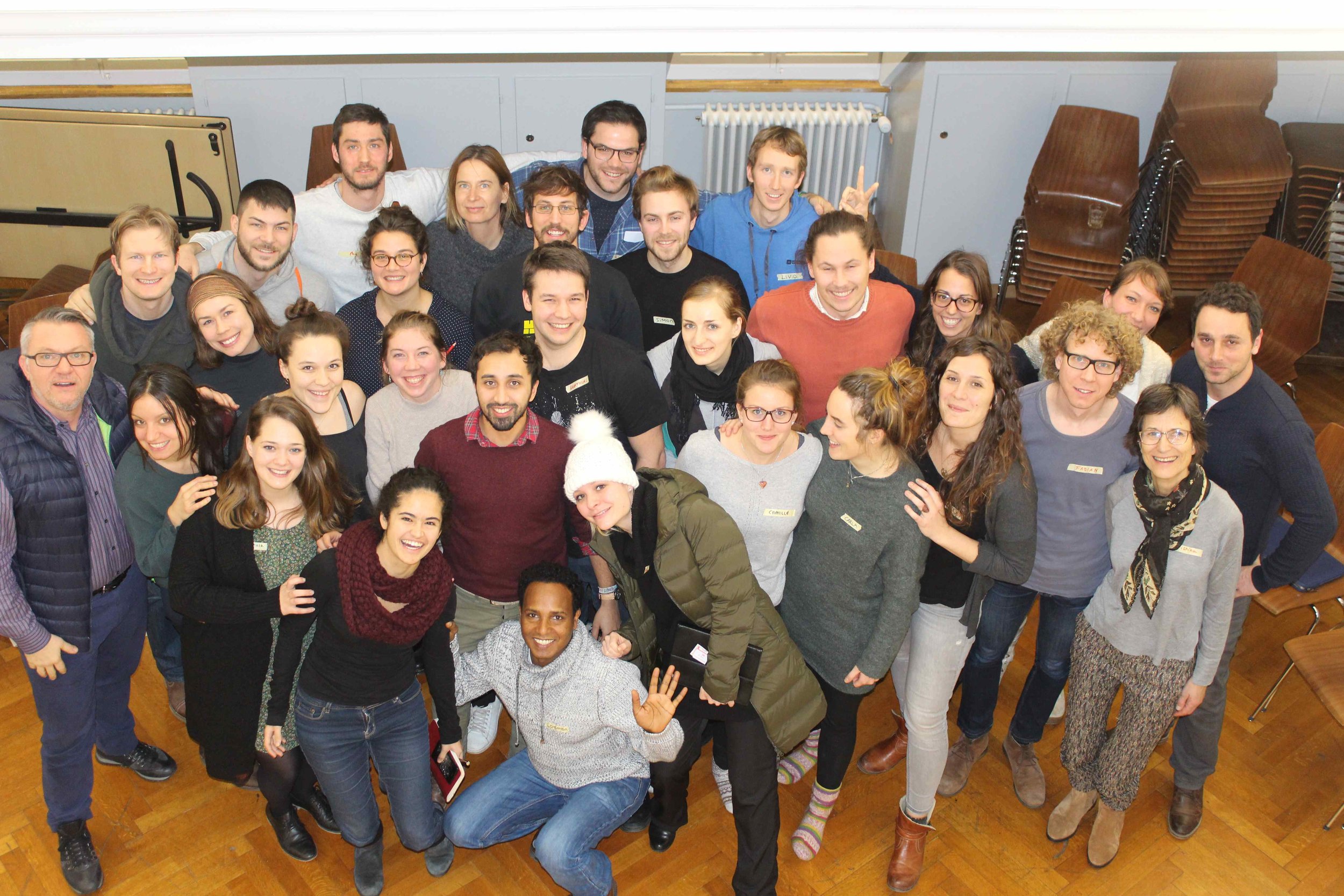Last weekend, I gave a workshop in Switzerland entitled ‘Vulnerability and Well-Being’ to 30 participants of the unleash project. We touched upon a number of points which I want to talk about here.
Well-being and vulnerability are not two words you would so obviously put together. Personal well-being is generally associated with taking care of ourselves, perhaps developing a meditation practice or eating healthier food.
But being vulnerable with others, showing what we really feel, our shame, our ugly sides, our fears, our frustrations and our sadness, is rarely considered as an integral part of our well-being.
CULTURE OF INVULNERABILITY
1. Schooling
Many parts of our society are distorted towards being centred around the mind, from schools, to our workplaces, to politics. For example, in schools the emphasis is mainly on mental learning, analysis, evaluation and the ability to retain large amounts of information.
However, by comparison, we focus less on nourishing our bodies and not at all on our emotional needs and longings.
Also schools rarely offer safe spaces to be vulnerable or authentic. The fears of getting a question wrong in class or the desire to be seen as cool and not unpopular by others can make it feel too risky to be vulnerable.
2. Keyboard Warriors
Whilst the internet serves us in many ways, when it comes to vulnerability, the presence of so-called ‘keyboard warriors’ readily able to criticise or devalue any creative expressions online, creates huge barriers of fear in many people who become too afraid to share parts of themselves.
Being creative is vulnerable. How many potential creations have not been shared through the fear of negative judgements of others?
3. Busy Bees
Who really has time to listen to your shit these days?
When we are too busy lost in our daily routines, we can end up losing the opportunities of human connection and contact with those around us.
SO HOW DOES IT WORK?
There are 2 key parts of creating a culture of vulnerability.
1. Learning to Feel
A culture which labels vulnerability as a weakness is actually labelling feeling as a weakness.
The core to vulnerability is first learning to feel what we are experiencing. Before we share with others what we are feeling, it helps to be honest with ourselves. Often we are not even aware of what we are actually feeling.
Through feeling, we also are increasing our self-awareness. So the journey of vulnerability includes a deeper sensitivity of ourselves, allowing us to move away from suppressing and hiding what we feel towards living more authentically.
2. Trust
Vulnerability isn’t just about showing ourselves to others, but also about trust. We need to feel safe if we are to be vulnerable, and so it is important to cultivate the art of creating spaces for vulnerability.
It’s not just about being vulnerable with others, but also about allowing others to be vulnerable. A forgotten skill in today’s world.
To create such spaces requires skill and practice, but is a powerful act. Often we engage in conversation without fully listening, perhaps distracted, or thinking of how to reply and what advice to give.
Sometimes people don’t need a response or advice, they just need a space to share. So the question to ask ourselves is how trustworthy are we and are we creating the spaces for others to be vulnerable in our lives?
WHAT HAPPENS WHEN WE ARE VULNERABLE?
1. Connection
Connection is crucial for our health and well-being and without vulnerability there can be no real depth in our relationships with others. Vulnerability is the birthplace of connection and intimacy.
Our societies are starving of this, and therefore vulnerability offers us a valuable gateway to tackle issues such as isolation, depression and addiction.
“The opposite of addiction is not sobriety. The opposite of addiction is connection” — Johann Harri
2. Healing
Vulnerability heals. When a safe loving space is created, we are able to be open about our pains, shame, fears and allow them into the light.
Showing the parts of ourselves which we consider unacceptable and unworthy of love to someone who shows us otherwise can offer profound inner shifts. We can therefore help to dissolved the unresolved and suppressed pain and shame of others.
3. Seeing the beauty in others
Vulnerability can also be about daring to express the beauty which we see in others.
How often do we see the potential, talents and gifts of those around us, but do not share it with them?
A genuine and heart-felt acknowledgement of the beauty which we see in others can empower and help others to flourish. In a world full of criticism, it can be a huge impact to empower someone and to show them the beauty that they do not see.
CULTURE OF WELL-BEING
Transitioning from a culture of disconnection and isolation to a culture of well-being must include vulnerability.
It is our access point to deeper relationships as well as greater creativity, joy and fulfilment.
So much of the well-being and personal growth industries focus around the individual, separate from everyone else, where we focus primarily on our relationship with ourselves.
But in a world of interconnection, your well-being is my well-being too, and helping others is also helping ourselves.
Any process which allows us to see the humanity in others is a radical shift from a paradigm of separation and disconnection to one of connection. A shift from seeing others as fundamentally different to realising we are all at the core much the same.
It is radical to dare to be vulnerable and to help others be vulnerable too.
www.tissione.com
